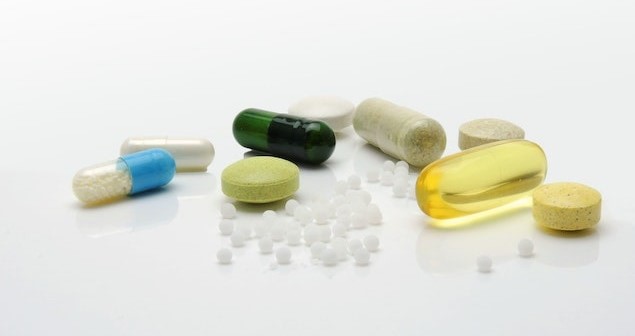Capsule is defined as the solid dosage form, in which the drug substance is enclosed in a water soluble shell. This shell is made from gelatin.
Types of capsules:
- Hard gelatin capsule
- Soft gelatin capsule
Hard Gelatin Capsules: These are used for administration of solid medicaments. The capsule shell is prepared from gelatin, colour and titanium dioxide to make it opaque. It consists of two parts i.e. body and cap. The powdered material is filled into the cylindrical body of the capsule and then the cap is placed over it. The empty capsules are available in various sizes. They are numbered according to the capacity of the capsules. The number starts from 000 and goes up to 5. The approximate capacity of a capsule with respect to its number is given In the following Table:
| Capsule number | Approximate capacity in mg |
| 000 | 950 |
| 00 | 650 |
| 0 | 450 |
| 1 | 300 |
| 2 | 250 |
| 3 | 200 |
| 4 | 150 |
| 5 | 100 |
Soft gelatin capsule: An exterior solid shell (softgel or soft gelatin capsule) encloses a liquid or semi-solid inside (inner fill). Both the inside fill and the outside shell may include active ingredients. Similar to capsules, they are an oral dose form for medication. Gelatin, water, an opacifier (such as glycerin or sorbitol), and a plasticizer are all ingredients in softgel shells.
Excipients used in the filling of capsule
While filling solid medicaments in a powder form into the body of a hard gelatin capsule, the following additives, are included in the formulation.
1. Diluents: The diluents is needed in certain cases where the quantity of the medicament is too small in bulk go get it filled in the smallest available capsule size. In such cases, diluents is added to bring the medicament upto the desired bulk. The commonly used diluents are lactose, mannitol, sorbitol, starch etc.
2. Absorbents:- Sometimes the medicaments are physically incompatible with each other e.g. eutectic substances or hygroscopic substances. In such cases, absorbents, such as oxides and carbonates of magnesium and calcium and kaolin are added to the powdered drug. These inert materials act as a protective sorbnt.
3. Glidants: To ensure a regular flow of powder into the automatic capsule machine glidants are mixed with the medicaments. The various glidants used for this purpose are talc, magnesium stearate and calcium stearate.
4. Antidusting compounds: During the filling of capsules by an automatic filling machine, a lot of dust comes out of the machine. It can pose a serious health hazard if allowed to be unchecked, especially, when the dust of the potent drugs is inhaled by the workers. To avoid this, some antidusting components like inert edible oils, are added to the formulation.
Advantages:
- The drug having an unpleasant odor and taste enclosed them in a tasteless shell.
- Easy to administration.
- Easy to handle.
- Attractive in appearance.
Disadvantages:
- The hygroscopic drugs can’t be filled, because the shell breaks into pieces.
- For the concentrated preparations, not a suitable shell, is because before administration dilute it.
Also read: Tablet coating
